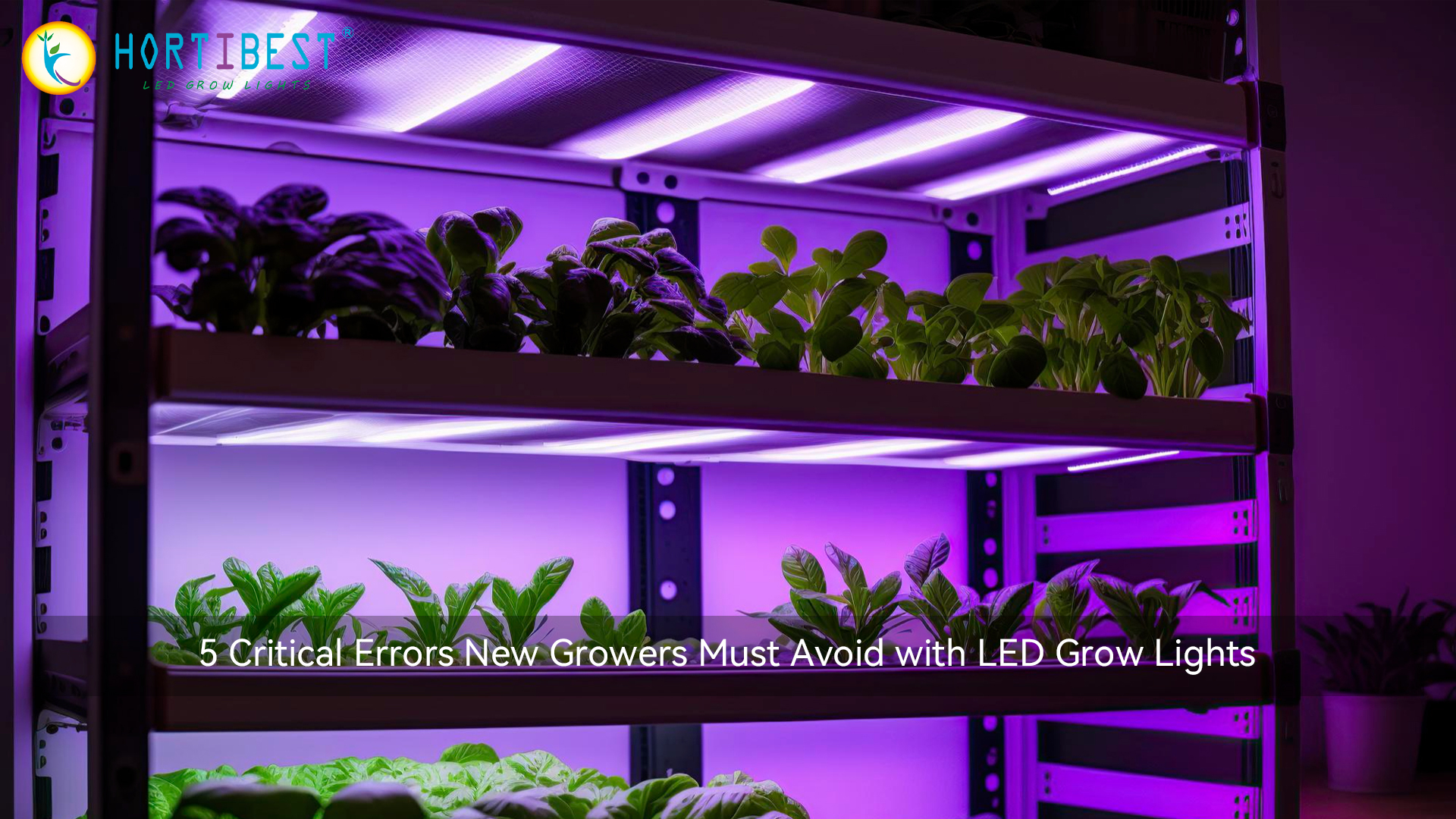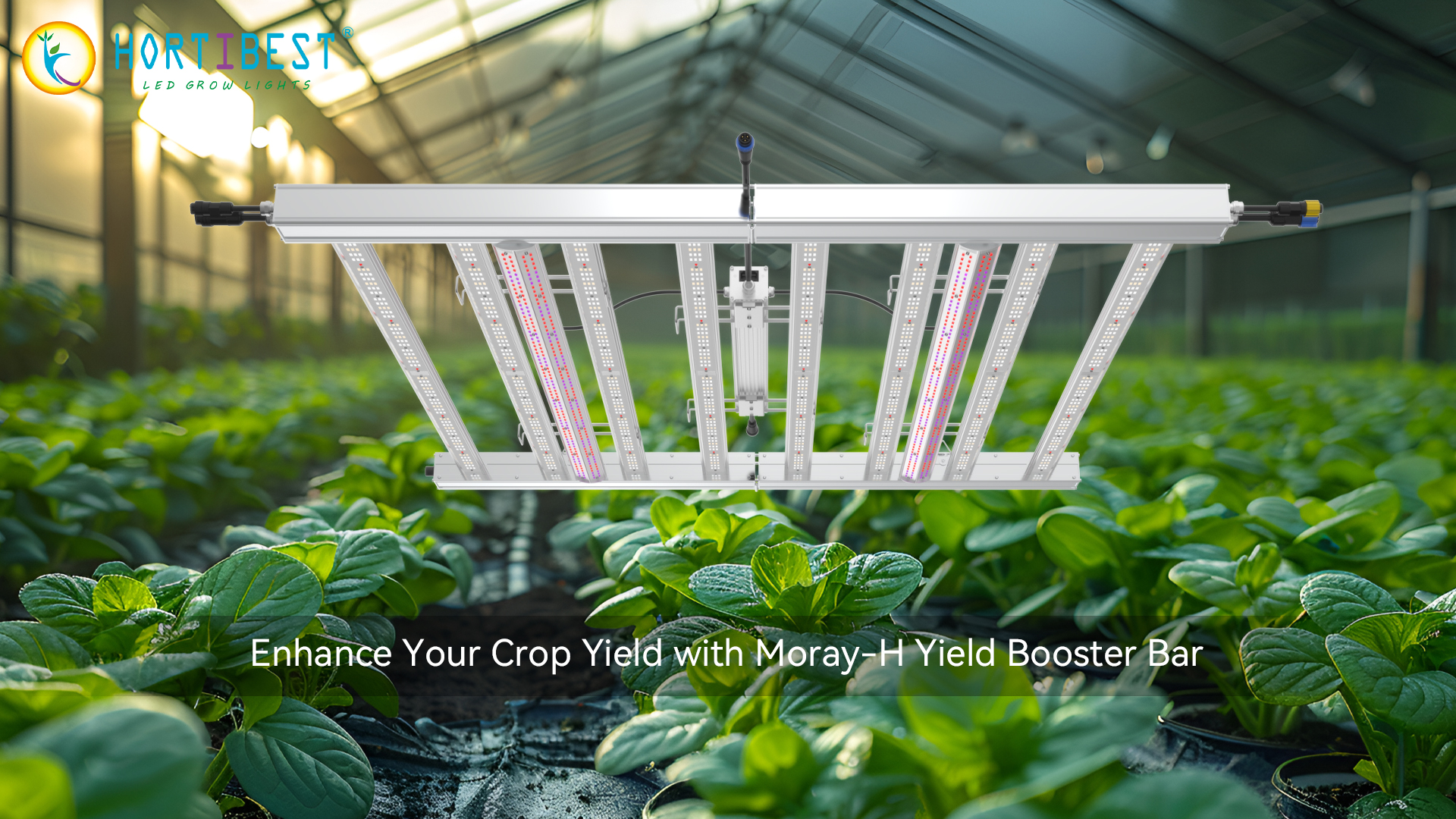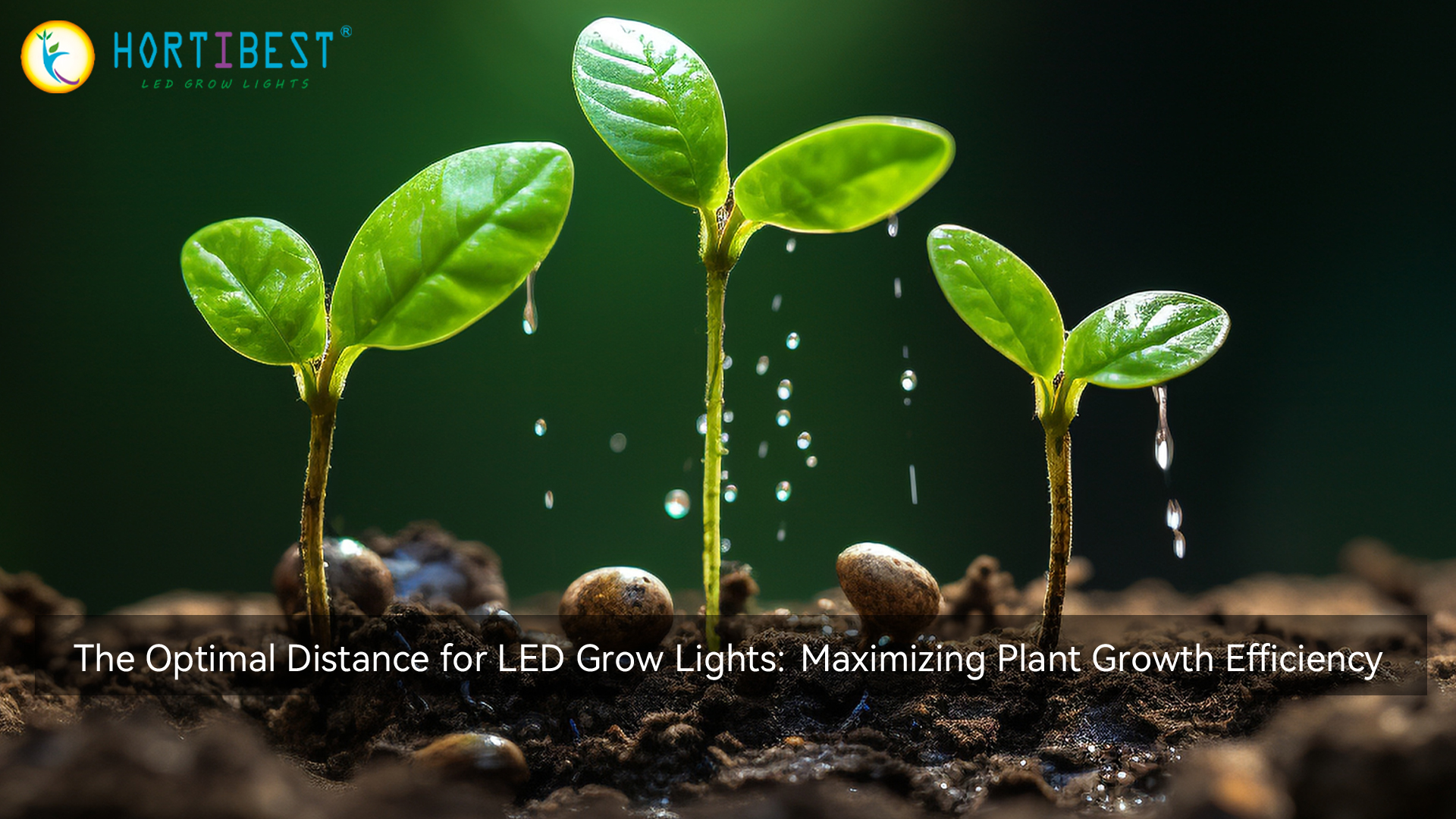Let's embark on a journey through the wavelengths! Spectrum, in the realm of light, refers to the range of wavelengths a light source emits. For us, "light" encompasses the visible wavelengths from 380 to 740 nanometers (nm). But hold on, there's more to the party – UV, far-infrared, and infrared wavelengths are the unsung heroes or villains, depending on your perspective.
As cultivators, our interest lies in wavelengths crucial for plant detection – UV (260–380 nm) and the visible spectrum (380–740 nm), including the Photosynthetically Active Radiation (PAR) from 400 to 700 nm and far-red radiation (700–850 nm). Now, let's dive deeper into the intricacies.
PAR - The Powerhouse Spectrum for Plant Photosynthesis, mainly from 400-700nm
Plants are not just passive sunbathers; they are adept at utilizing light for photosynthesis and morphological transformations. Photosynthesis is the magic where plants convert light energy into chemical energy, and photomorphogenesis is the ballet of plant response to light, influencing their growth.
An intriguing example of photomorphogenesis is plants bending toward light sources. Light also orchestrates developmental stages like germination and flowering. The primary light range for photosynthesis is 400–700 nm, known as Photosynthetically Active Radiation (PAR), encompassing red, blue, and green wavelengths.
Photomorphogenesis spans a broader spectrum, approximately 260-780 nm, including ultraviolet and far-infrared radiation. Now, let's delve into the fascinating world of chlorophyll.
Chlorophyll A and B take the spotlight as the primary photosynthetic pigments. Notably, chlorophyll loves to indulge in red light (600-700 nm) and blue light (400-500 nm) while giving the cold shoulder to green light (500-600 nm). Photosynthesis, however, is a complex tango involving other chemicals, and the interplay with the spectrum is a captivating dance.
Plants harbor light-sensitive receptors activated by specific wavelength photons, triggering various growth characteristics. By mastering the spectrum, you hold the reins to a plethora of transformations in plant growth.
Here's a glimpse of growth traits influenced by the spectrum:
Bear in mind, manipulating plant responses through spectrum activation is a substantial process, heavily influenced by factors like light intensity, photoperiod, growing environment, plant species, and even specific plant varieties.
While the final outcome hinges on multiple factors, let's explore some general guidelines on how each wavelength band can be harnessed for horticultural purposes.
The UV band, beyond the PAR spectrum, holds the potential for novel applications in horticulture. Think of it as the undiscovered country, much like how our skin reacts to UV rays. Plants, too, might respond with a touch of color or deepening shades when exposed to UV radiation.
Research suggests that UVB light can elevate essential oil content and phenolic compounds in certain herb species. The possibilities include enhancing leaf color and thickness, along with bolstering resistance against environmental stress, pests, and fungi. However, the exact UV dosage required and associated risks are still under exploration.
Ah, the azure enchantment that impacts plant growth and flowering! Blue light is like the steering wheel, guiding the plant journey. While minimal blue light suffices for normal plant development, in the realm of adjustable spectrum lighting, blue light becomes the captain of the ship.
When plants receive their fair share of blue light, it's akin to an invigorating spa day. Many green and ornamental plants thrive under its influence, contributing to an overall boost in plant quality.
So, there you have it – a dazzling insight into the captivating world of plant illumination! Remember, choosing the right LED spectrum is not just about light; it's about orchestrating a botanical symphony that crescendos into a masterpiece of growth and vitality.
In conclusion, the journey into the radiant universe of plant spectrum is both a science and an art. As you navigate this kaleidoscope of wavelengths, remember: the right spectrum is not just light; it's the symphony that makes your plants sing with vibrant life. Illuminate wisely, fellow cultivator!
 5 Critical Errors New Growers Must Avoid with LED Grow Lights
5 Critical Errors New Growers Must Avoid with LED Grow Lights
 Enhance Your Crop Yield with Moray-H Yield Booster Bar
Enhance Your Crop Yield with Moray-H Yield Booster Bar
 The Optimal Distance for LED Grow Lights: Maximizing Plant Growth Efficiency
The Optimal Distance for LED Grow Lights: Maximizing Plant Growth Efficiency